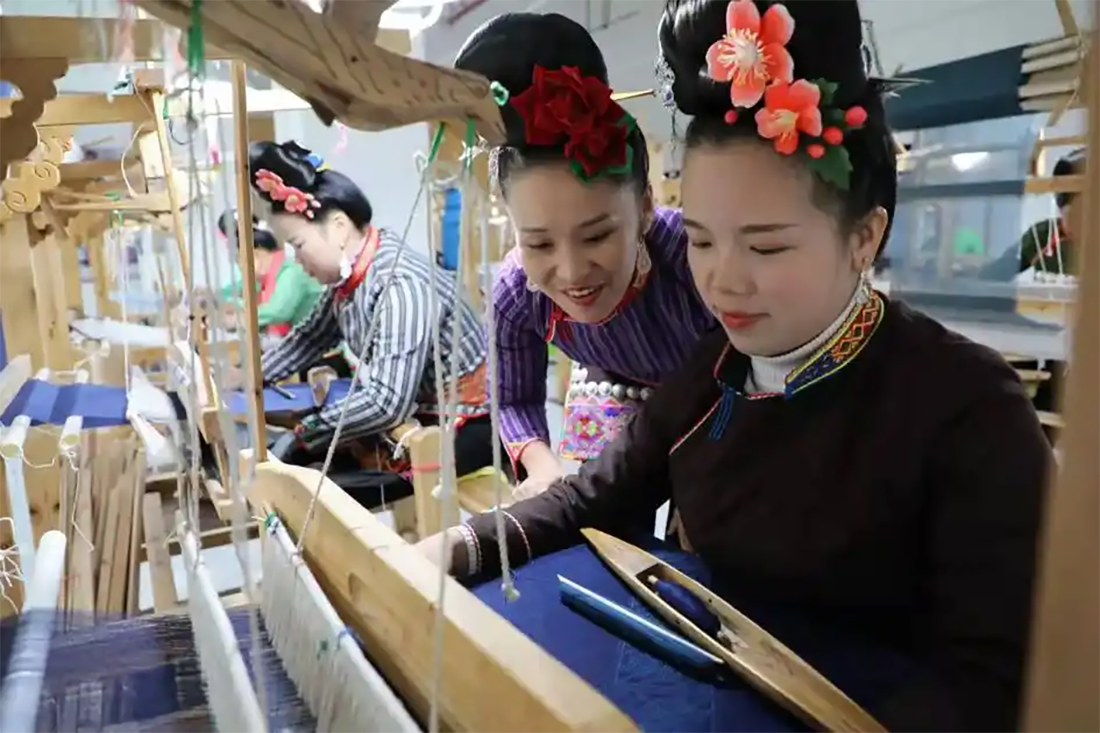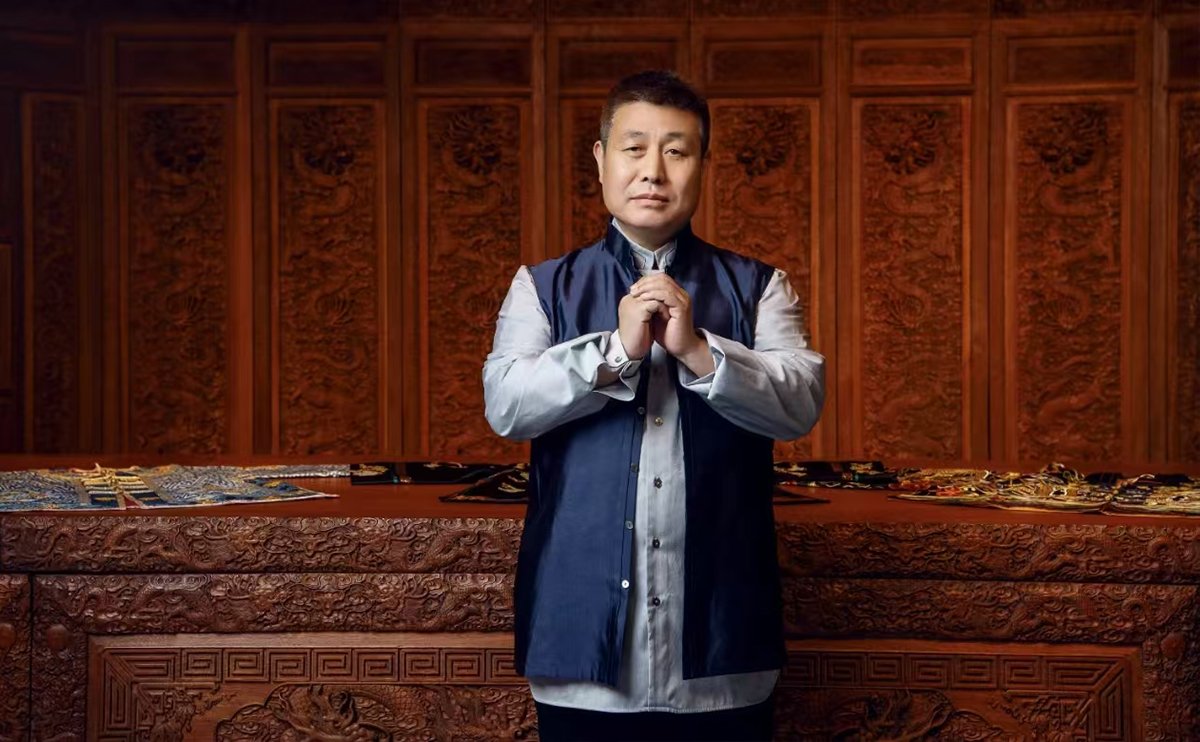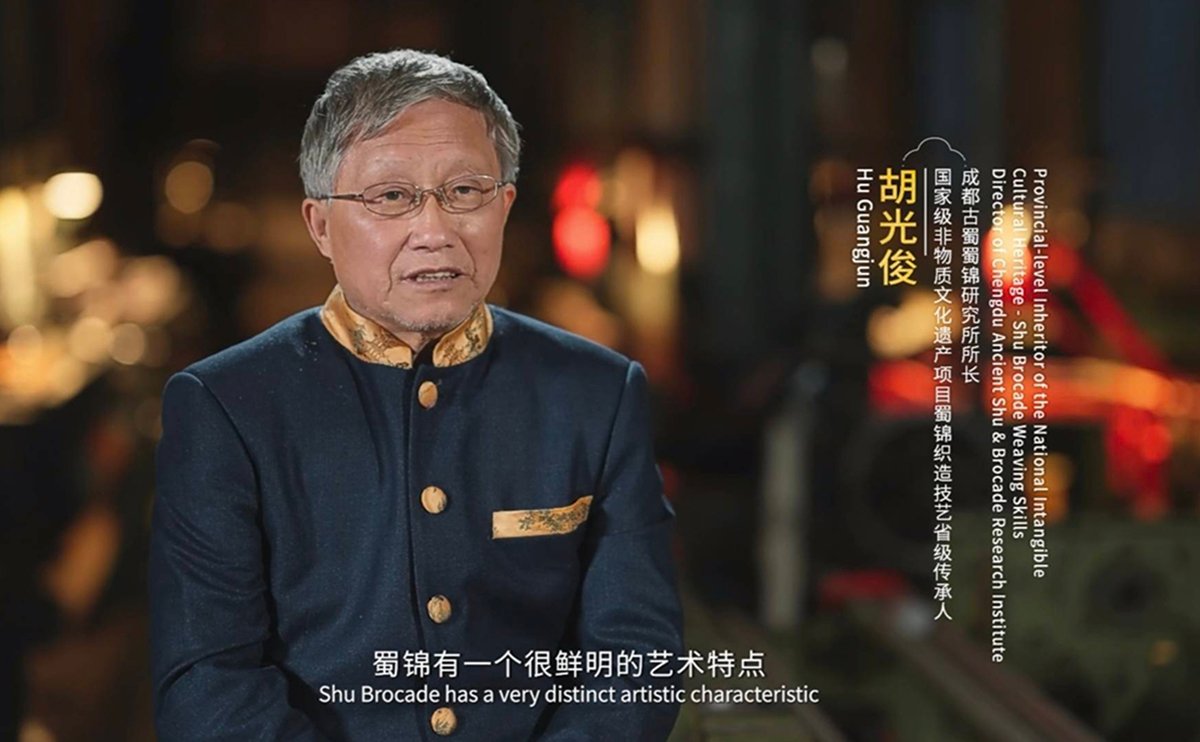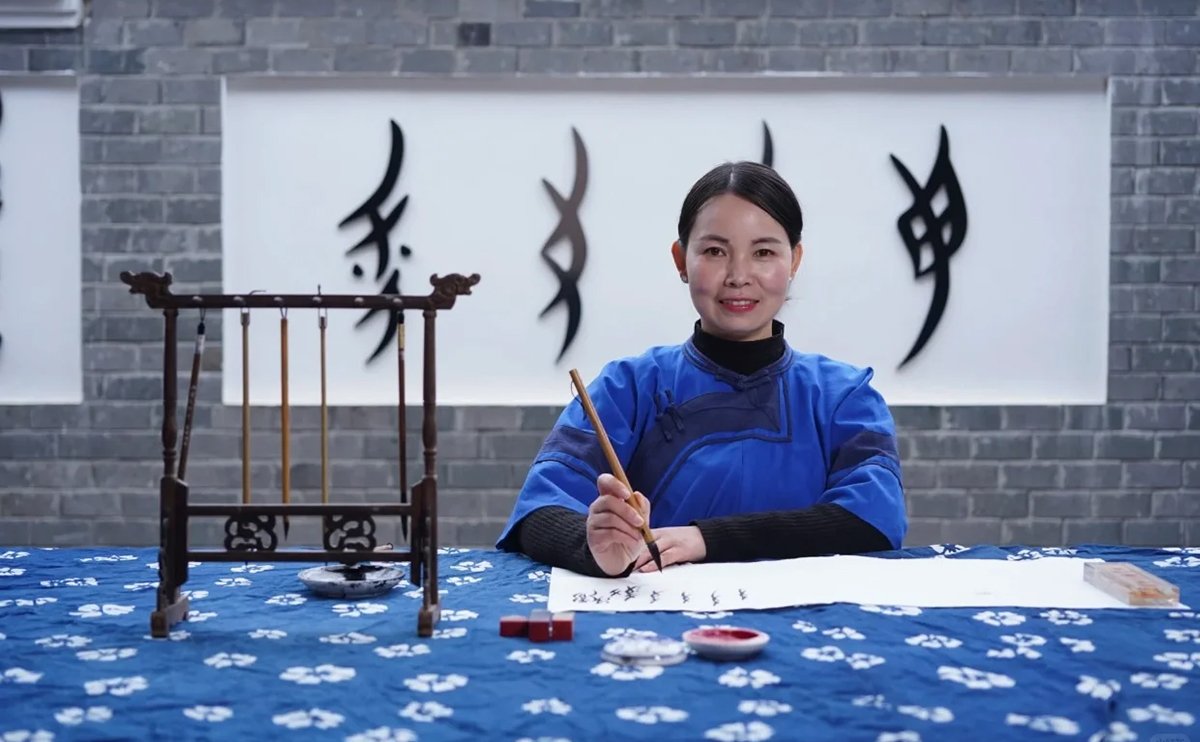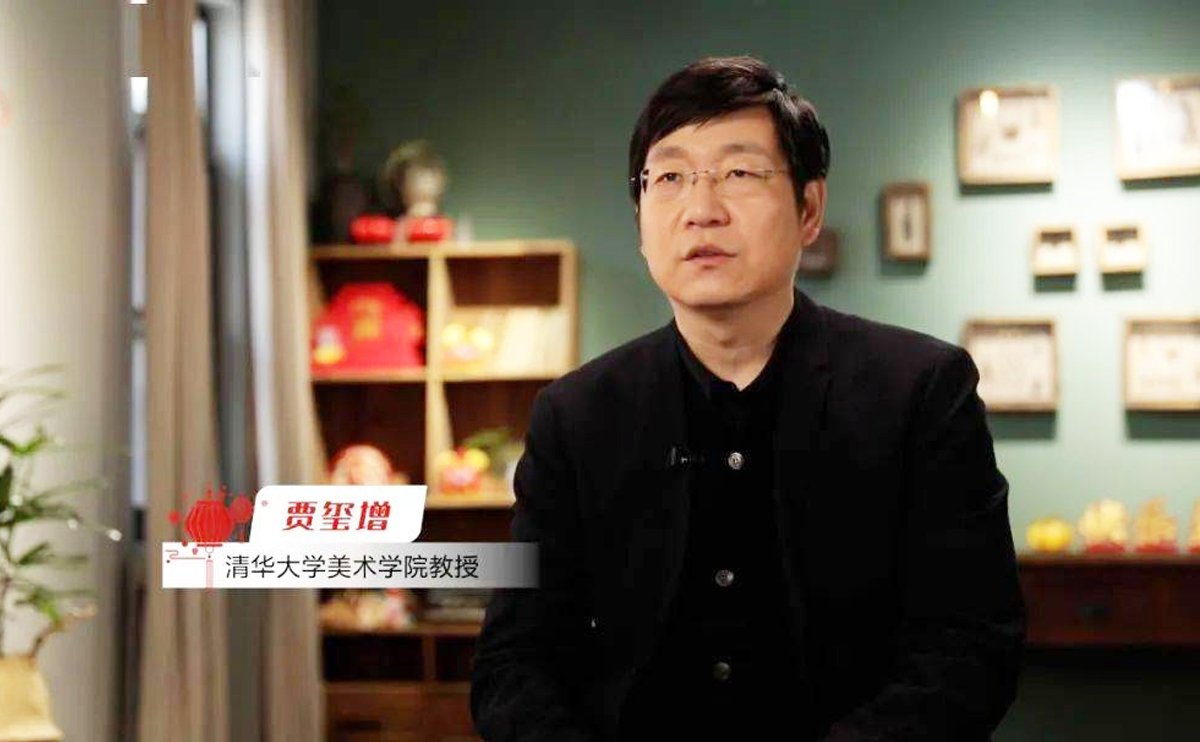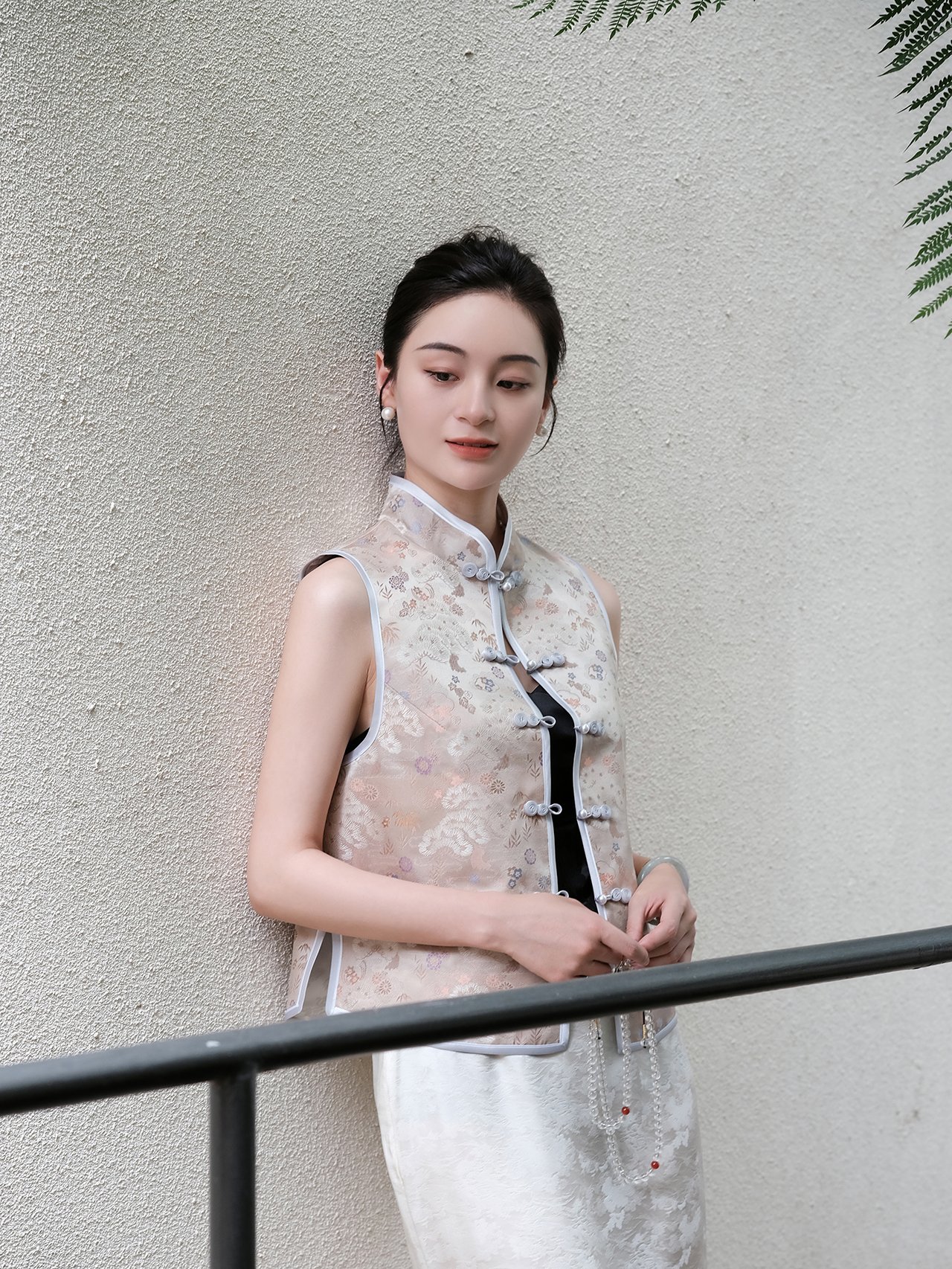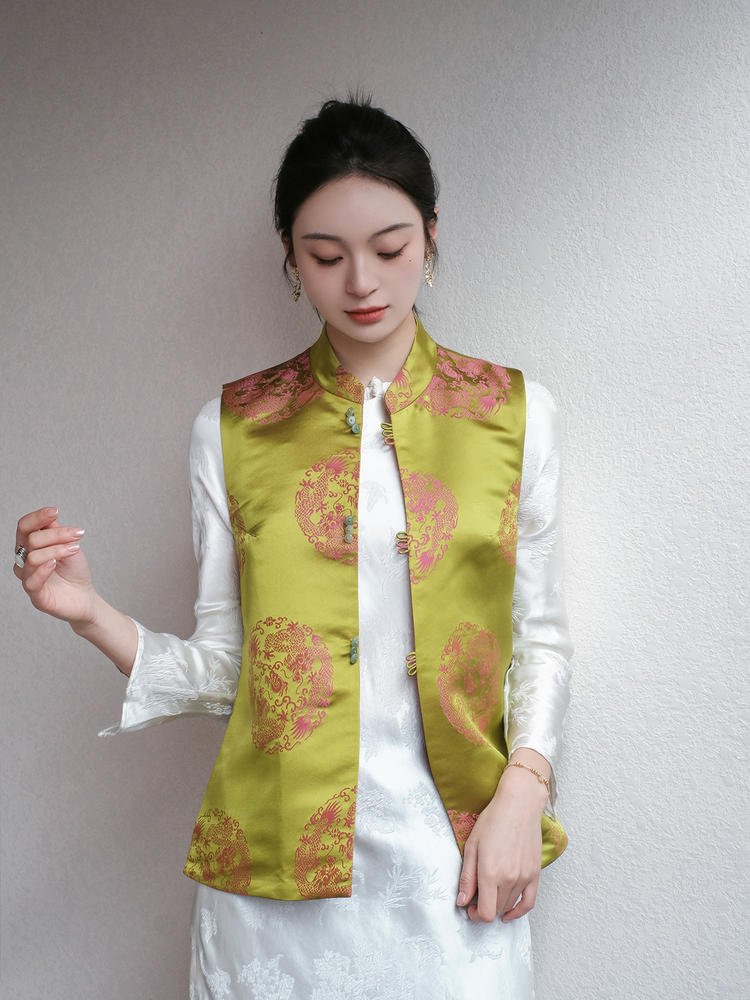Gan Xiaozhi

Born in Longhe Village, Datang Town, Leishan County in 1985, she began to learn the Miao brocade weaving skills from her mother at the age of 8. Through years of hard work and skill accumulation, she has mastered the essentials and essence of various techniques of Miao brocade weaving. She has now grown into one of the most influential leaders in Miao brocade weaving in Leishan County. In February 2015, she was recognized as a county-level representative inheritor of "Miao Brocade Weaving Skills". In June 2015, she was recognized as a prefectural-level representative inheritor of "Miao Brocade Weaving Skills". In December 2020, she was recognized as a provincial-level representative inheritor of "Miao Brocade Weaving Skills".
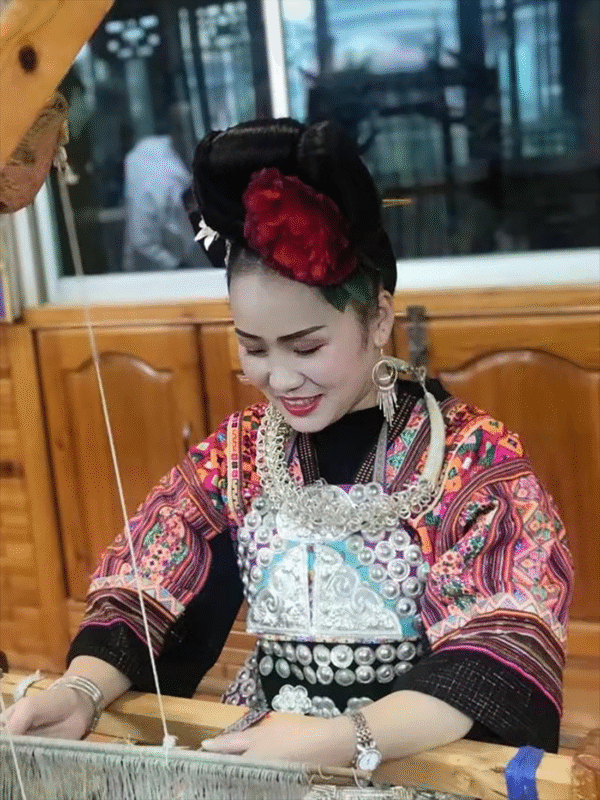
Miao embroidery
Miao embroidery (Leishan Miao embroidery), a traditional art form of Leishan County, Guizhou Province, is one of the national intangible cultural heritages.
In terms of form and shape, the patterns of Miao embroidery (Leishan Miao embroidery) extensively employ various deformed and exaggerated techniques, and boldly utilize multi-dimensional and three-dimensional modeling, as well as the compound methods of figure within figure and the expression techniques of metaphor, allusion, personification and symbolization, reflecting a unique ethnic aesthetic taste.
Miao brocade is an indispensable item in the daily life of the local people. Gan Xiaozhi, who is now a provincial representative inheritor of this skill, began to learn Miao brocade from her mother at the age of eight. After years of hard work and skill accumulation, she has mastered the essentials and essence of various techniques of Miao brocade and has now grown into one of the most influential leaders in Miao brocade in Leishan County.

Miao embroidery is a distinctive form of Chinese embroidery art with a long history
During the Tang Dynasty, the Dongxiang Miao people wore "clothes with flower and bird patterns embroidered on them". In the Ming Dynasty, the Miao people in Guiyang preferred to use colorful threads to make "local brocade", "embroidered cloth strips" and "embroidered clothes and skirts". In the Qing Dynasty, there were many records of Miao embroidery and brocade in the literature. For example, the Miao people in the Qingshui River area of eastern Guizhou embroidered "brocade clothes" and made "Miao brocade". There were also many Miao embroideries in Gouzhou.
A Miao peasant family in Pingyong, Rongjiang County still preserves two sets of men's and women's clothing from the Qianlong era, both fully embroidered with colorful patterns. Various historical books and local chronicles have many records about the Miao embroidery and brocade in Guizhou, Yunnan, southern Sichuan, Hunan and Guangxi.
Miao embroidery (Leishan Miao embroidery) is characterized by strict, symmetrical and harmonious composition. Each embroidery piece features a main and a secondary pattern. The production techniques mainly include weaving, indigo dyeing, tailoring, embroidery, brocade weaving, silver jewelry making and inlaying of ornaments.
